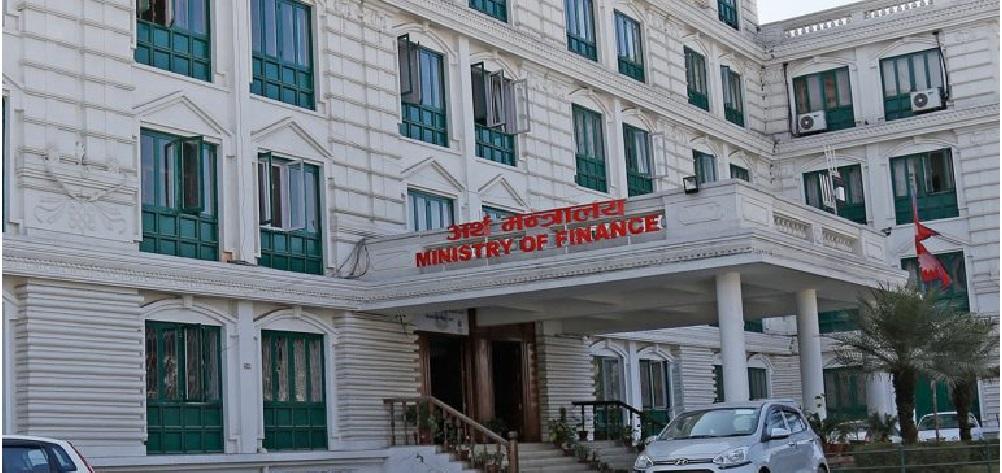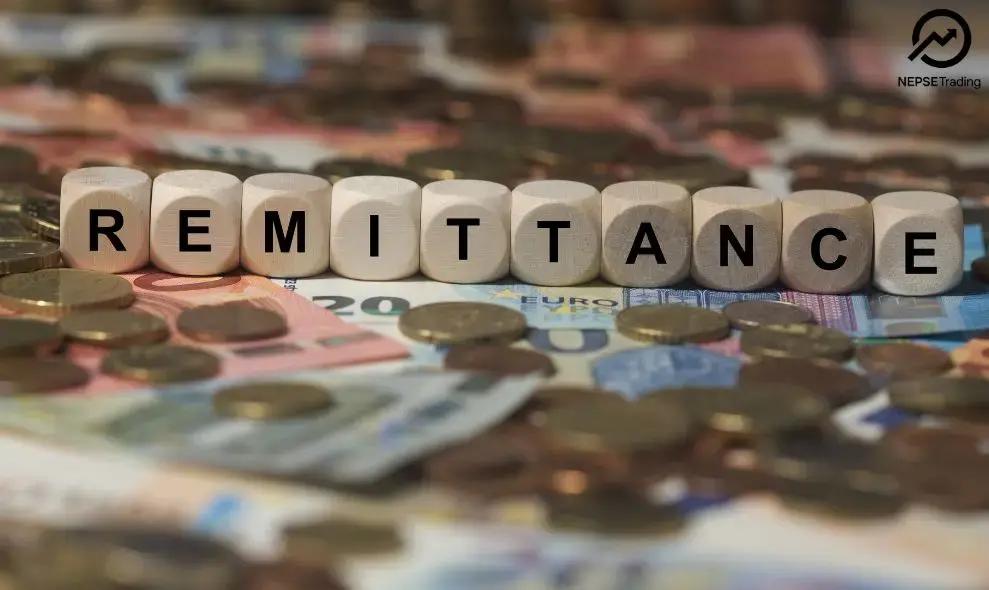By Dipesh Ghimire
Nepal’s Tourism Sector Sees NPR 216 Billion in Bank Loans as Confidence Grows

Nepal’s tourism industry, a cornerstone of the nation’s economy, has received a robust financial boost in the first seven months of the current fiscal year, with commercial banks disbursing over NPR 216 billion in loans. According to the latest figures from the Nepal Rastra Bank (NRB), this marks a 12.09% increase from the NPR 193.36 billion lent during the same period last year, reflecting a surge in optimism about the sector’s recovery and growth potential.
The NRB data reveals that, by the end of Magh (mid-February), 20 commercial banks collectively extended NPR 216.74 billion to tourism-related businesses, up from NPR 193.36 billion a year earlier. This uptick comes as Nepal’s tourism sector rebounds from pandemic-era lows, with tourist arrivals climbing 30.7% in FY24 and the government targeting 1.6 million visitors in FY25.
Nepal Investment Mega Bank Tops Lenders
Leading the charge is Nepal Investment Mega Bank, which disbursed NPR 22.98 billion to the tourism sector by Magh, a slight 0.61% increase from the NPR 22.84 billion it lent last year. While this growth is modest, the bank’s dominant position highlights its pivotal role in financing tourism ventures, likely driven by its extensive network and focus on high-value projects such as hotels and infrastructure.
Prabhu Bank and Global IME Bank Surge Ahead
Prabhu Bank emerged as the second-highest lender, with a striking 22.85% increase in loans, rising from NPR 17.56 billion to NPR 21.57 billion. This aggressive expansion suggests the bank is seizing opportunities in a sector buoyed by rising visitor numbers and government incentives, possibly channeling funds into hospitality and travel services.
Close behind is Global IME Bank, which boosted its tourism lending by 20.80%, from NPR 15.82 billion to NPR 19.11 billion. Known for its broad portfolio, Global IME’s significant increase points to a strategic bet on tourism as a growth engine, potentially targeting areas like adventure tourism and urban hospitality.
Broader Lending Trends
Other notable contributors include:
Prime Commercial Bank: NPR 18.57 billion, up 16.99%.
Kumari Bank: NPR 17.08 billion, up 16.50%.
Rastriya Banijya Bank: NPR 16.86 billion, with the highest growth rate among top lenders at 23.91%.
Further down, Himalayan Bank (NPR 12.57 billion, up 10.69%), Laxmi Sunrise Bank (NPR 11.60 billion, up 3.03%), and Nabil Bank (NPR 11.13 billion, down 0.45%) show mixed performances. Nabil’s slight decline stands out, possibly indicating a shift in focus or a more conservative stance amid rising financial risks.
Smaller banks also played a role, with NMB Bank (NPR 10.26 billion), Nepal Bank (NPR 8.84 billion), and Siddhartha Bank (NPR 7.57 billion) contributing steadily, while Standard Chartered Bank trailed with NPR 1.11 billion.
Analysis: A Vote of Confidence with Caveats
The 12.09% rise in tourism loans aligns with Nepal’s broader economic narrative. The World Bank projects 5.1% real GDP growth for FY25, driven by services like tourism and supported by remittance inflows and loosened monetary policies from the NRB. The sector’s momentum—evidenced by FY24’s 30.7% increase in arrivals—has clearly spurred banks to ramp up lending, likely funding everything from boutique guesthouses to large-scale resorts.
Yet, the data reveals disparities. Nepal Investment Mega Bank’s modest 0.61% growth contrasts with Prabhu Bank’s 22.85% and Rastriya Banijya Bank’s 23.91%, hinting at divergent strategies. Top-tier banks may be focusing on established players, while others chase untapped potential in a competitive market. Nabil Bank’s 0.45% drop raises eyebrows—could it reflect caution over non-performing loans, which the World Bank notes are climbing, or a pivot to other sectors like hydropower?
The concentration of lending among a few banks also suggests uneven access. Small and medium enterprises (SMEs) in rural tourism hubs like Pokhara or Lumbini may struggle to secure funds, despite government schemes like the 3% interest startup loans under the National Startup Enterprise Policy 2024. This gap could hinder inclusive growth in a sector that employs over 1 million Nepalis directly and indirectly.
Interpretation: Opportunities and Risks
This lending surge is a vote of confidence in tourism’s ability to drive Nepal’s economy, which relies on the sector for 6-7% of GDP. The government’s push for 1.6 million visitors, coupled with promotional campaigns and infrastructure upgrades (e.g., new airports in Pokhara and Bhairahawa), is clearly resonating with financial institutions. Banks like Prabhu and Global IME, with their double-digit growth, are betting big on a tourism boom.
However, risks loom. Non-performing loans, political uncertainty, and external factors—such as natural disasters or geopolitical tensions—could derail progress. The modest growth from Nepal Investment Mega Bank and Nabil’s retreat signal that some institutions are hedging their bets, mindful of past volatility in tourism earnings.
The Road Ahead
For Nepal’s tourism sector to sustain this financial momentum, banks must balance ambition with prudence. Expanding credit to SMEs and rural areas, alongside investments in climate-resilient infrastructure, could broaden the sector’s base. As of now, the NPR 216 billion infusion paints a picture of optimism—but its long-term impact will depend on how wisely these funds are deployed in a sector as promising as it is precarious.









